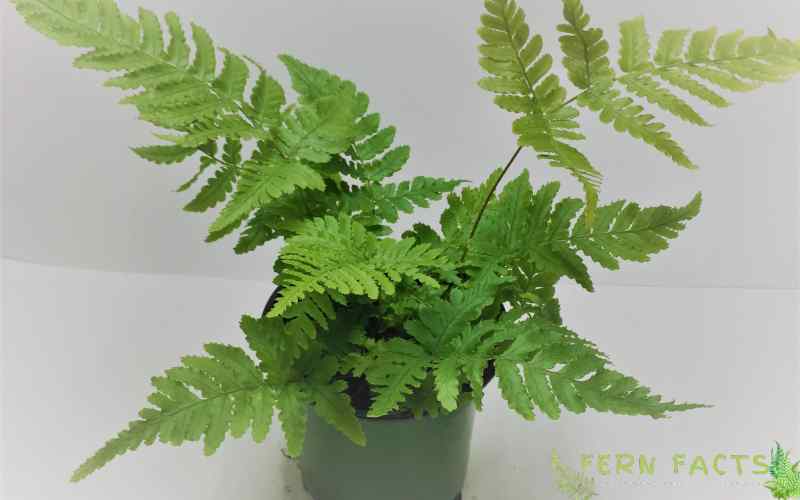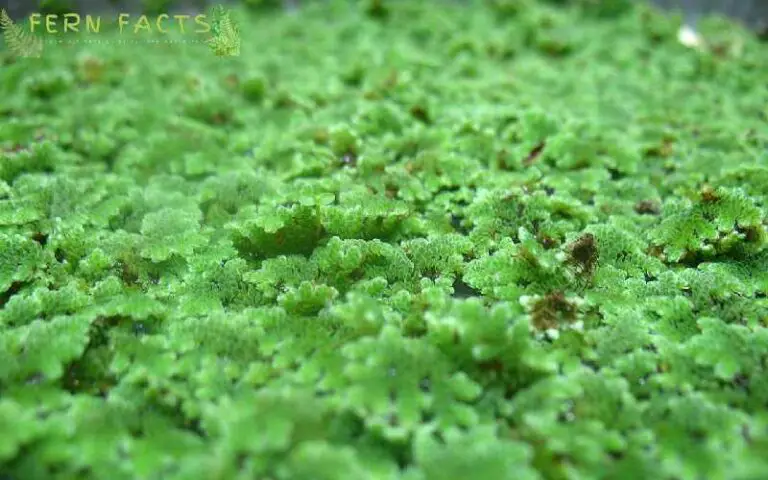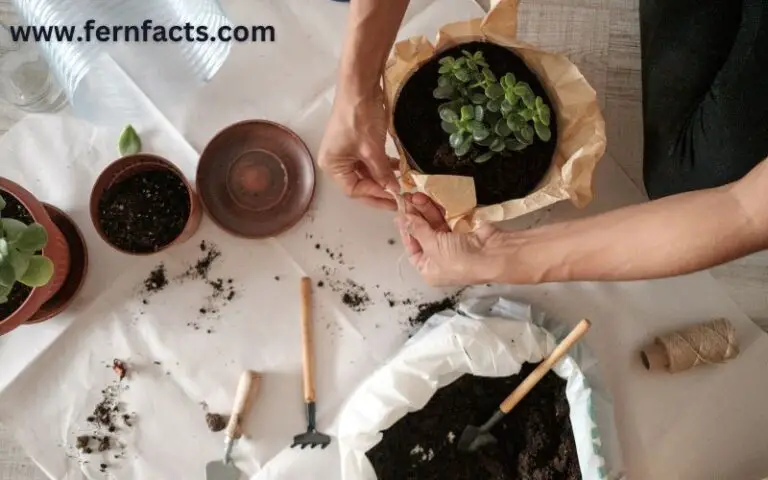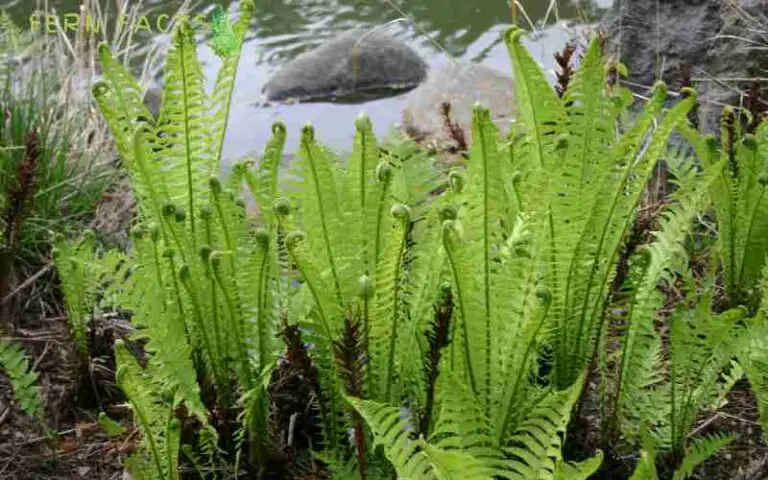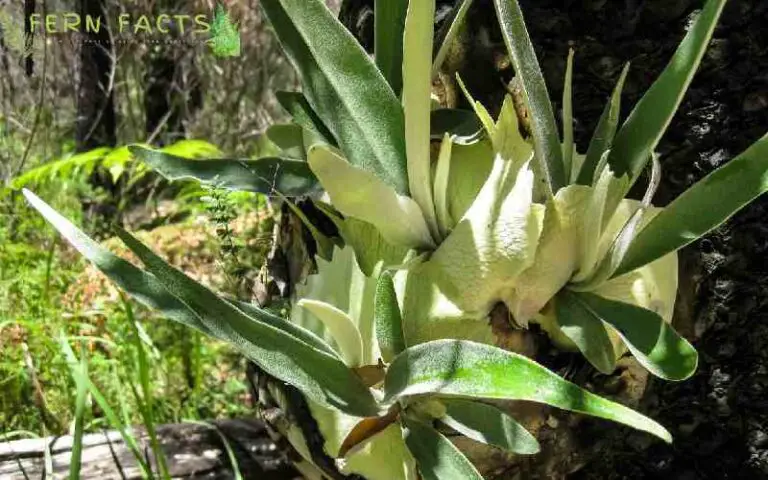How to Plant and Care Korean Rock Fern
Korean Rock ferns are easy-growing and low-maintenance ferns that any gardener or plant enthusiast should have in their collection.
Their small, glossy, tufted evergreen characteristics will magnify your garden’s look. Therefore, if you’re thinking of having Korean rock ferns in your house, this article will give you a heads-up about all your confusion.
In this article, I will provide a general overview and their characteristics so that you can get a general idea of these ferns.
Later, I’ll discuss planting tips, such as where, how, and when to plant these ferns, which will improve your fern’s growth one step ahead.
Lastly, I’ll finish the article by referring to their caring and maintenance tips to help you cultivate a thriving plant in your garden. So let’s delve into the topic.
Overview of Korean Rock Fern
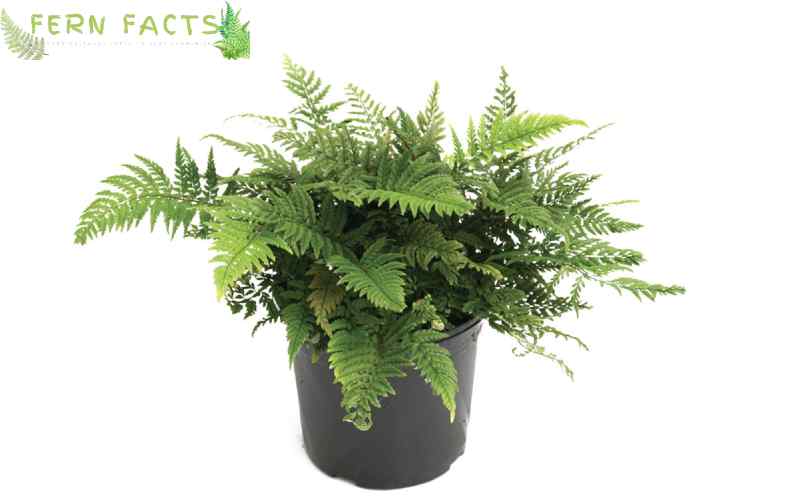
- Botanic name: Polystichum tsus-simense
- Common name: Korean Rock Fern
- Native range: east Asia
- Family: Dryopteridaceae
- Genus: Polystichum
- Plant type: perennial herbaceous
- Size: around 20 to 50 cm tall, 40 cm wide
- light: indirect or partial sunlight
- Soil Type: chalk, clay, sand, loam
- Soil Ph: neutral acidic, alkaline,
- Foliage colour: blue, green
- Humidity: 60 to 75°F
- Temperature: 18 to 24° C
- USDA zone: 7,8,9,10
- Fertilizer: yearly repotting, rich in nutrients
- Propagation: seed
Korean Rock Ferns are evergreen tufted Ferns with broad Lance shade leathery fronds. Their floss blue-green fronds make them look more appealing.
These ferns remain tidy and evergreen throughout the season.
All About Korean Rock Fern
Korean Rock ferns are low-maintenance for indoor and outdoor plants. These ferns are mostly native to East Asia and generally grow outdoors on the rock wall, under shady areas, and in pots.
Also, these ferns are fond of partial to full shade with fertile humus-rich soil of a well-drained system. They will grow actively if you have them in a deep shaded area. You can also plant these ferns as houseplants indoors.
And so, you can also plant these ferns in bed borders, rock gardens, and cottage gardens. These ferns are usually pests and diseases so you will have fewer issues regarding their care and maintenance.
However, overwatering can cause them to have rotten or mushy roots, which can attract diseases as well.
Planting Tips
To have these ferns in your garden, you need to know when, how, and where to plant these Korean rock ferns. You can give them a healthy atmosphere to grow and nourish by correctly planting hacks.
Where to Plant Korean Rock Fern?
Generally, these Korean ferns are best for houseplants or indoor plants. But these ferns also can grow outdoors in warm conditions.
These ferns also don’t need much repotting and replanting; they can be grown in a single pot for several years. However, try to avoid fans, cold drafts, or forced air vents near them.
For your outdoor plants, you can grow them under indirect light with regular moisture levels. Reminder: You should not plant these ferns near aggressively spreading ferns, which can harm them overall.
How and When to Plant Korean Ferns?
You can plant these ferns in spring as it’s their growing season. Therefore, dig a hole twice the depth in the ground.
Then plant the ferns in there and sprinkle some fertilizer around the root ball. After that, refill the soil around the plants.
Lastly, water your plants thoroughly after planting so that they are well-hydrated. Try to maintain these watering techniques throughout the growing seasons.
It will balance and strengthen your Korean Rock fern’s growth.
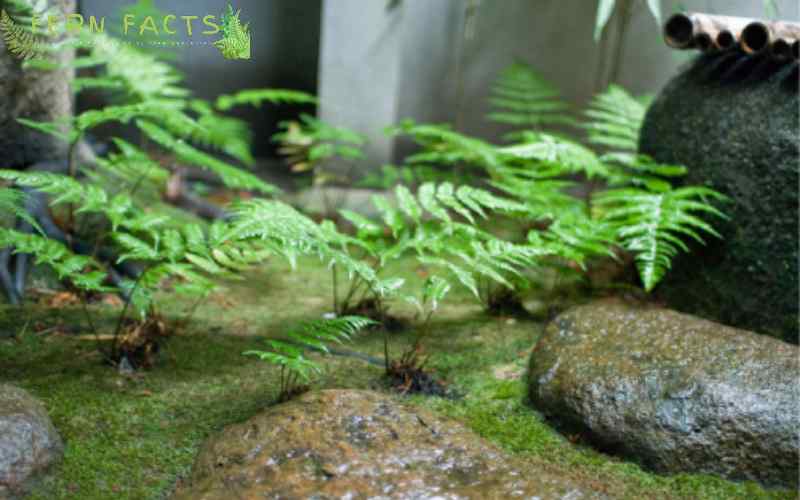
Caring and Maintenance of Korean Rock Ferns
Right after planting your Korean rock ferns, you need to take care of and supervise your plants to enhance and thrive the plants growing in your garden.
Although they are low-maintenance ferns, they still need minimal basic care, which will help them modify their growth.
Light
These Korean rock ferns thrive and grow best in indirect bright light, but they can also acclimate to full sun within a cooler atmosphere.
Even if you provide them with dimmer light, they will grow but not thrive or nourish properly. Similarly, they will maintain their colour under dimmer light conditions, but the overall growth will be slower.
Soil and Water
Korean rock ferns are fond of moist soil conditions but are less tolerant of standing water. Therefore, you need to balance the water level while watering them.
Overwater might harm your Korean rock ferns. Hence, you need to make sure you have used well-drainage soil, which drains out the excessive water from the top and gives them good hydration.
You can also use potting mix perlite to balance ample moisture while draining out the excess water.
Temperature and Humidity
Like all other ferns, these Korean rock ferns grow in warm temperatures and a highly humid atmosphere. Try not to raise the temperature above 90 degrees Fahrenheit.
Similarly, for humidity, try not to lower it below 32 degrees Fahrenheit, which will also kill your plants. You can add organic mulch to the soil to maintain the humidity around your ferns.
This mulch will hold the humidity around your Korean rock ferns. Alternatively, you can relocate your houseplants in the kitchen or grow in the bathroom. These types of places will give them a humid atmosphere.
Fertilizer
You can provide a balanced fertilizer once a month to your ferns. Try to feed your ferns when they are actively growing. You should not fertilize your ferns during their dormant stage.
For your outdoor plants, you can add compost or mulch to the soil to develop its roi chess. You can use both organic and chemical soil. Gradually, it will supply nutrients to your ferns.
Potting and Repotting
You can replant or repot your houseplant’s rock ferns anytime throughout the year. Still, try to supervise their growth, as they do not need frequent repotting or replanting.
Only if you observe your plants about to outgrow their current container should you repot them. Otherwise, these Korean rock ferns can be grown in a single pot for several seasons.
Similarly, for your outdoor plants, if you see any aggressive growth or roots bulging from the sides, you need to replant your ferns. Therefore, you need to dig a hole that is 2 inches bigger than the previous hole and plant your ferns there.
Pests and Problems
Although they are less sensitive; however they can be affected by mealybug pests during their growing seasons.
Even, overwatering can be problematic for your Korean ferns as it can lead them to have rotten roots. Therefore, you need to use soil that has soil drainage properties so that excess water can be drained out through it.
Similarly, you can reduce pest attacks by using organic pesticides such as neem oil. You can spray the neem oil on their fronds or stems.
You can also remove those bugs by picking them up from your hands if you are not afraid of bugs. Otherwise, you can choose the neem oil alternative.
Propagating Korean Rock Ferns
Similar to most other fern, these Korean ferns also grow from spores. Later on, you can see their true fronds within one year. But if you want to grow these ferns from their spores, you can do it.
Firstly, try to collect a plastic container and fill the pot with half by soil mixing. Later, choose your best thriving Korean rock plants for propagation and select the green fertile fronds over the container by facing down the spores.
Then tap or flick the fronds with your finger slightly and allow spores to fall onto your container slowly. Usually, fern’s spores are brown and dust-like, therefore it is quite difficult to notice the spores while they fall into the soil.
You can also use a white sheet of paper to collect the spores from the mature plants. After that, cover the container and place it in a bright warm location under indirect sunlight.
Make sure you avoid direct sunlight because it can burn the spores. Make sure the soil is moist and well-hydrated by maintaining the weekly watering techniques.
Over the passing time, you will notice green structures will come through from the soil surface of the ground. Give them balanced water, until you see the first fronds growing thoroughly.
When the new baby plants have three to four fronds, you can gently replant or repot them in a container and follow the above guidelines to have thriving plants.
- Discover More About Caring for and Growing Sword Ferns.
Recap
In the final recap, these Korean rock ferns are elegant, easy-to-grow ferns that can be grown both indoors and outdoors.
Due to their low maintenance and caring steps, these ferns are also the most suitable for beginner-level gardeners.
You can grow these ferns in your garden by giving them an equivalent atmosphere under the correct lighting, soil, fertilizer, and watering while checking their pests and diseases.
Additionally, you can level up your plant’s number by propagating spores.
Thus, these low-maintenance plants will give your garden vibrant, colourful appearances through their coloured fronds.

